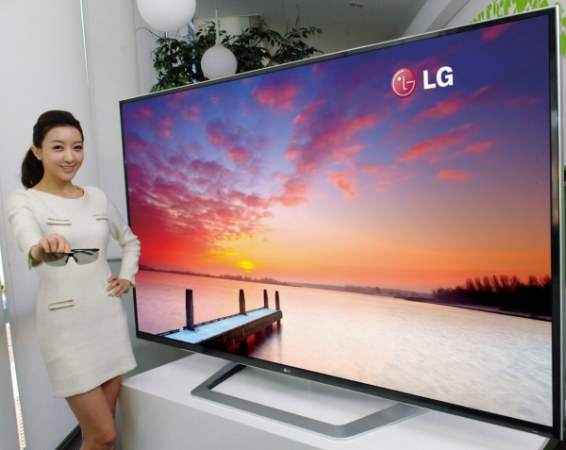If you have $20,000 to blow, you can now get the most advanced consumer TV on the market.
LG has officially launched the very first TV to be sold as an “ultra HD” set.

The Consumer Electronics Association (CEA) officially dubbed the next advancement in consumer video resolution as “Ultra HD” earlier this month. This moniker, or variations thereof — like “Ultra Definition” — have been used in PR literature from various early adopting companies, but this certification from the CEA will now make it a part of the entire industry’s vernacular.
Previously, the technology was referred to as 4K because it has a horizontal resolution of around 4,000 pixels. The technology offers resolutions that are nearly four times greater than current 1080p technology.
Many major manufacturers are already offering TV sets with this resolution, including Sony, Toshiba, LG, and ViewSonic. These sets don’t come cheap, though.
In addition to the high price barrier to entry, the problem with the new standard is that there are very few sources of content. Aside from very specialized pieces of content or equipment, the only real draw for Ultra HD sets is the ability to upscale 1080p media, and of course the promise that more content will be on the way soon.
Before being ushered into the consumer market, 4K (“Ultra HD”) displays have been used primarily for commercial purposes, whether it’s digital in-store displays or eye-catching advertisements at arenas or trade shows.
To be able to use the newly minted Ultra HD label, displays will need to have a resolution of at least 3840 x 2160, and an aspect of at least 16×9. They also need to have a digital input capable of delivering 4K content. While Ultra HD is still very much a niche market, this move from the CEA should accelerate the pace of content creation, manufacturer support, and eventually consumer adoption.






